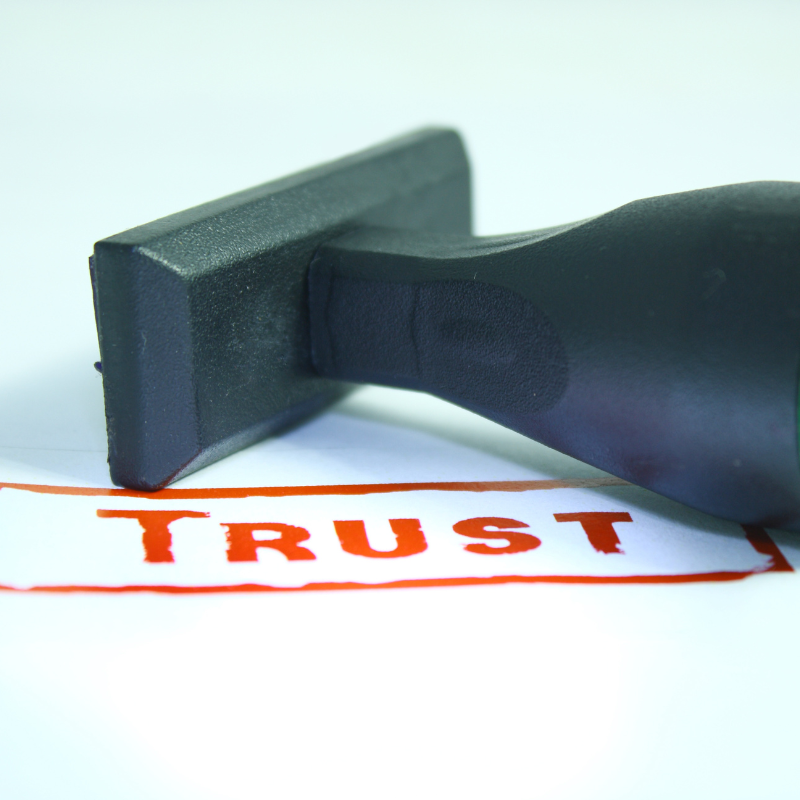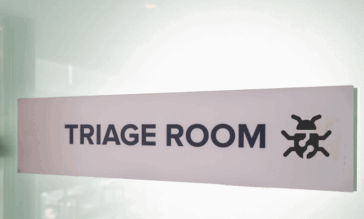What is Zero Trust: Ensuring Security in a Digital Age

What is Zero Trust?
Zero Trust is a growing trend in cybersecurity that steps away from traditional security models that rely on strong perimeter defenses to keep the bad guys out of softer internal defenses. Instead, Zero Trust assumes that threats can come from anywhere, at any time, and over and over again, which leads to a strategy built on “never trust, always verify.”
Zero Trust builds on in-depth identification of all identities and devices attempting to access network resources to establish a risk profile. On this, it adds layers of strict privilege access and network segmentation to limit the ability of attackers to masquerade as legitimate users. As a security model, Zero Trust directly addresses the challenges of mobile work and cloud technologies that shift users and technologies out of the corporate offices.
How Does (Traditional) Zero Trust Work?
The core components of Zero Trust work together to enhance security by rigorously authenticating and authorizing users and devices.
How it starts: with identity verification in a Zero Trust framework. The goal: to thoroughly validate a user’s identity before being granted network access to ensure that only trusted individuals can access the network. To make it harder for criminals to sneak by with stolen credentials, organizations implementing Zero Trust often employ multi-factor authentication (MFA) to add an additional secret. This might include something the user knows, such as a PIN, something they have, like a security token, or something they are, such as a fingerprint. So even if the attacker has a stolen password, they still are blocked access without the additional factor.
Zero Trust requires knowing more than who is accessing assets and from what device. Device verification ensures the security of devices trying to access the network. Each device is thoroughly assessed for compliance with the organization’s security standards before being granted access. This involves checking the device’s security configuration, software updates, and whether it has any vulnerabilities. The aim is to ensure that only secure, authorized devices can access network resources, thereby reducing the risk of compromised devices being used as entry points for cyber attacks.
Once access is validated, Zero Trust limits what users can do by implementing least-privilege access controls. Users, by default, are only given the minimum level of access to perform their tasks. Any elevated privilege, such as administrative tasks, gets temporarily granted with just-in-Time (JIT) privileged access, which requires verification and justification. This elevated access is heavily monitored and automatically closed after a time to limit potential misuse.
To further reduce the potential for damage, networks are divided into small segments, each with its own access controls. To access the different network areas, users are re-validated to ensure they should be allowed, which limits the potential for attacks, such as malware, to spread.
Automated monitoring and response is part of the glue that makes Zero Trust safe. All access and activities are heavily monitored for abnormal behavior. Suspicious actions are met with automated responses, cutting-off access, and driving alerts. So even if an attacker gets in, their odd behavior will quickly be caught.
Data Security and Zero Trust
When it comes to threat prevention, Zero Trust strongly relies on strong data security controls to protect data in transit and at rest. This comes as a combination of encryption, malicious code removal, and oversight of security posture. With this collection of security layers, Zero Trust becomes far more difficult to exploit, reducing the likelihood and impact of a potential breach.
What are the Challenges of Zero Trust?
While Zero Trust can make for an optimal security architecture, challenges still exist. This starts with the technical and operational challenges of implementing a Zero Trust architecture, which can be difficult in complex IT environments. There are likely extensive legacy systems that often face difficulties establishing and managing this modern security framework due to compatibility issues. These older systems may not integrate seamlessly with newer Zero Trust technologies, creating hurdles in the transition process. Moreover, ensuring the effective integration of various security solutions within a Zero Trust model is challenging, as it requires a sophisticated understanding of both old and new technologies and a comprehensive approach to security that spans different platforms and devices.
Zero Trust also relies on the need to invest in new technologies and processes that align with Zero Trust principles. This transition can be costly and demand significant resources for implementation and ongoing maintenance, especially for organizations with limited budgets or IT capabilities. Which means, teams must look to integrated platforms that streamline tech stacks rather than add to them.
Zero Trust is also an organizational change, requiring significant shifts in the cultural mindset regarding security. Employees and management have to shift perceptions and practices around security, such as not having access without reason. To do this, organizations need to balance the security measures with the user experience, pushing for controls that are as seamless as possible. Solutions that automatically protect without user intervention help preserve the user experience, making Zero Trust easier to adopt.
How Votiro Uses Zero Trust to Protect Organizations
Votiro has transitioned to a Zero Trust Data Detection and Response (DDR) platform, which is pivotal for organizations embracing cloud technologies, collaboration tools, and agile methodologies without compromising security. This transformation ensures that all aspects of an organization’s IT infrastructure remain inherently secure, enabling businesses to confidently innovate against a dynamic threat landscape. Zero Trust DDR extends beyond technology; it’s a strategic imperative for companies navigating complex cyber threats in real-time. By adopting this data security approach, businesses protect their data and privacy and foster a secure environment conducive to innovation.
To learn more about Votiro’s Data Detection and Response capabilities, sign up for a one-on-one demo of the platform, or try it free for 30 days and see for yourself how Votiro can proactively defend your data’s security and privacy.
FAQ
What are the 5 pillars of zero trust?
- Identity Verification: Ensures that all users are authenticated and authorized.
- Device Security: Assesses and maintains the security posture of devices accessing the network.
- Network Segmentation: Divides the network into secure segments to control access and limit lateral movement.
- Data Protection: Focuses on securing data both in transit and at rest.
- Security Monitoring: Involves continuous monitoring and response to detect and react to threats in real time.
How does Zero Trust impact compliance with various data protection and privacy regulations?
- Zero Trust enhances compliance with data protection and privacy regulations by aligning with their stringent security and access control requirements.
How can small to medium-sized businesses implement Zero Trust with limited resources?
- Small to medium-sized businesses can implement Zero Trust on a budget by prioritizing strong authentication, network segmentation, least-privilege access, and affordable cloud security services.
News you can use
Stay up-to-date on the latest industry news and get all the insights you need to navigate the cybersecurity world like a pro. It's as easy as using that form to the right. No catch. Just click, fill, subscribe, and sit back as the information comes to you.
Sign-up Here!
Subscribe to our newsletter for real-time insights about the cybersecurity industry.



